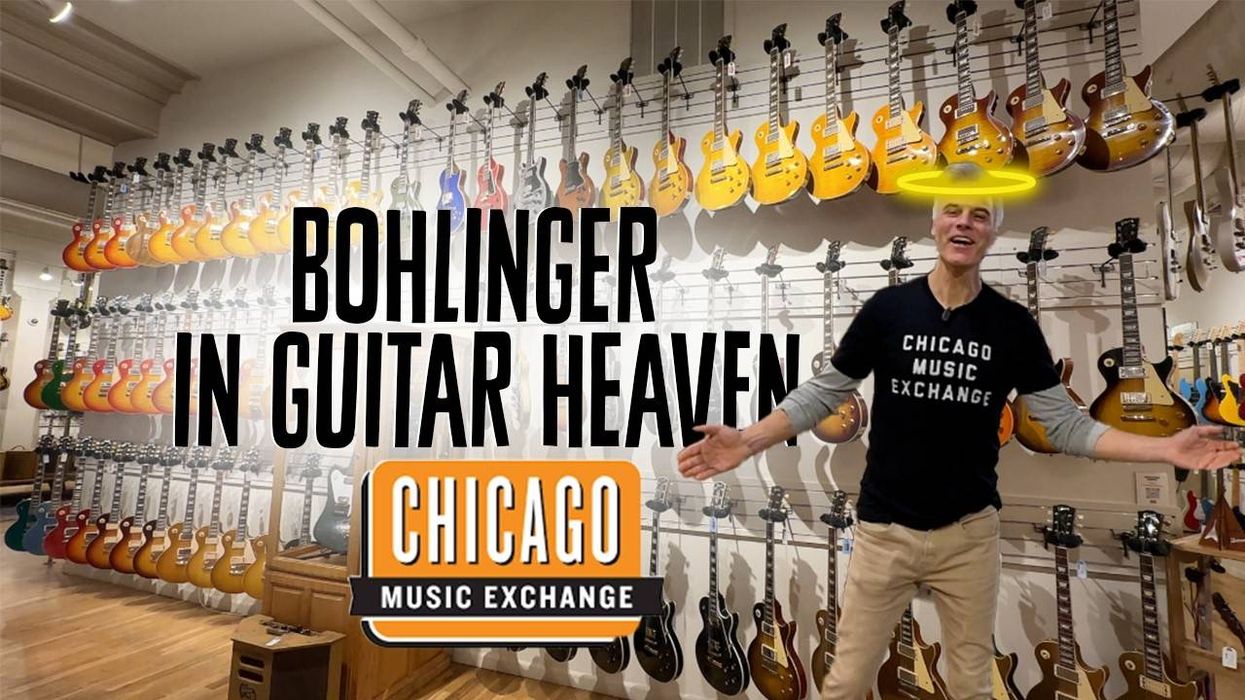Ben Andrews showed that he’s a jack of all trades during one of The Stone Foxes’ showcases at SXSW as he played his 1979 Gibson ES-335—the first real guitar he bought over 15 years ago—nearly the entire set and only put it down to play slide on a cigar-box axe and even shredded a little fiddle during the band’s last song.

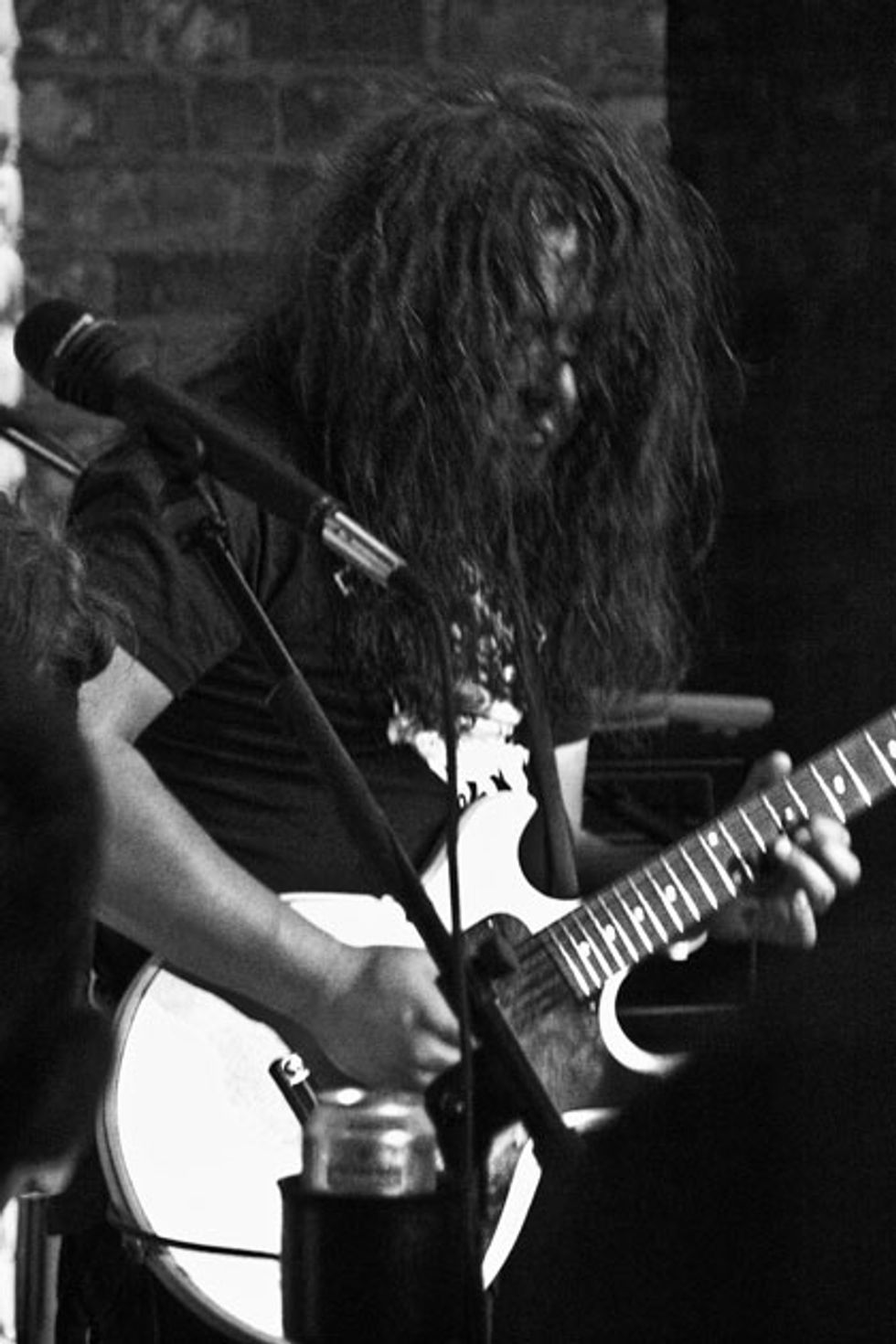

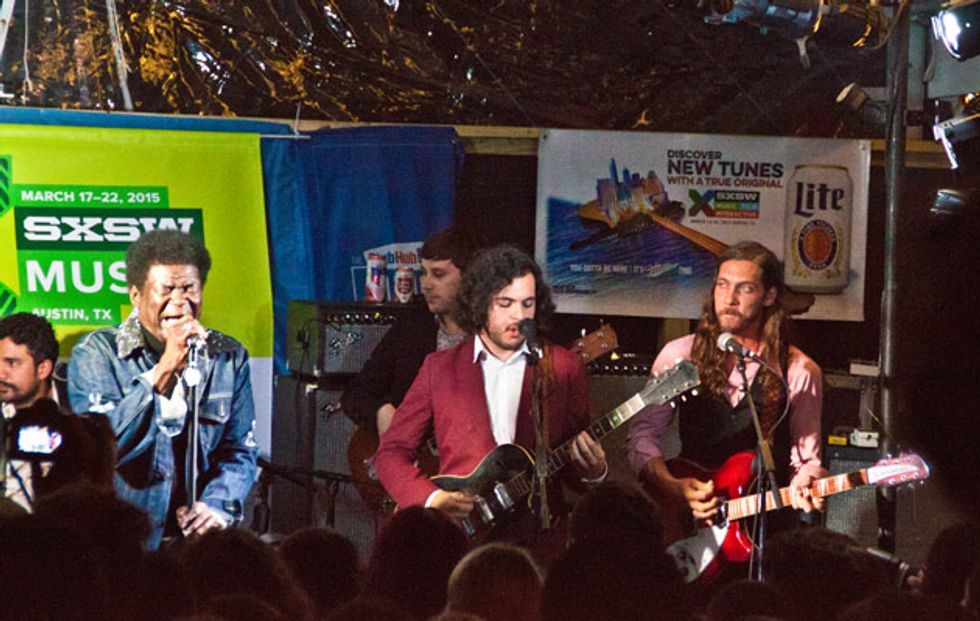
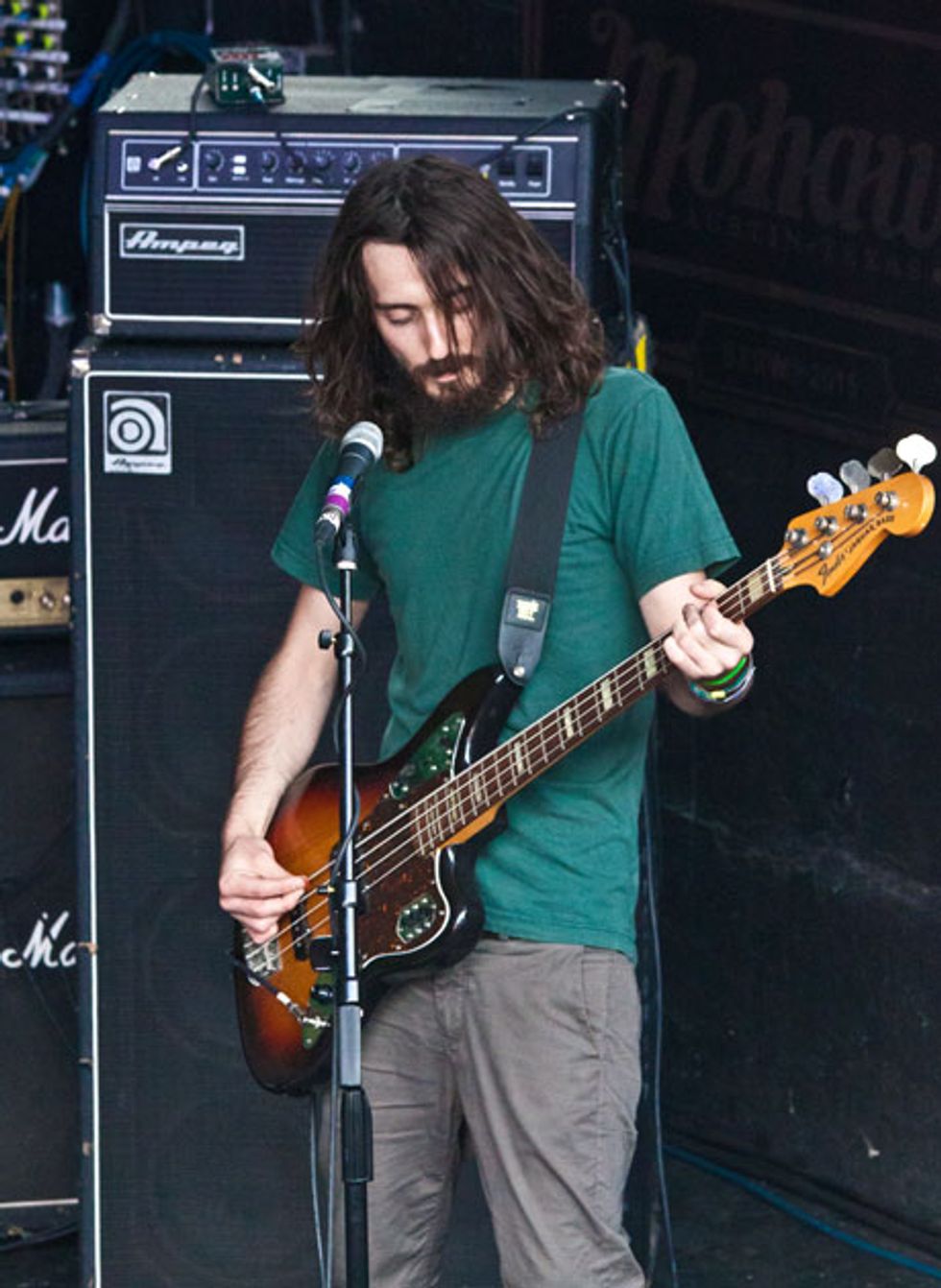
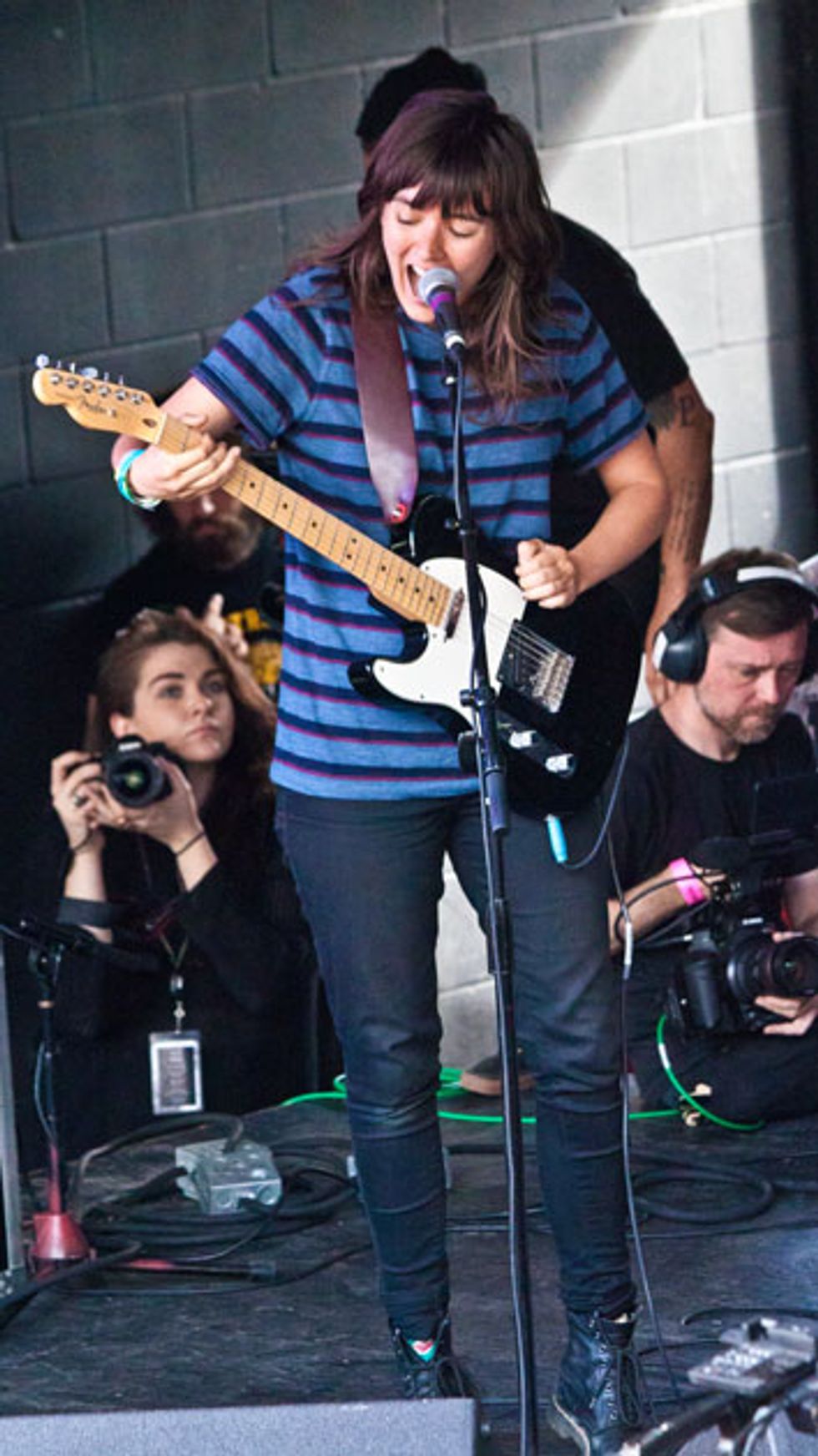
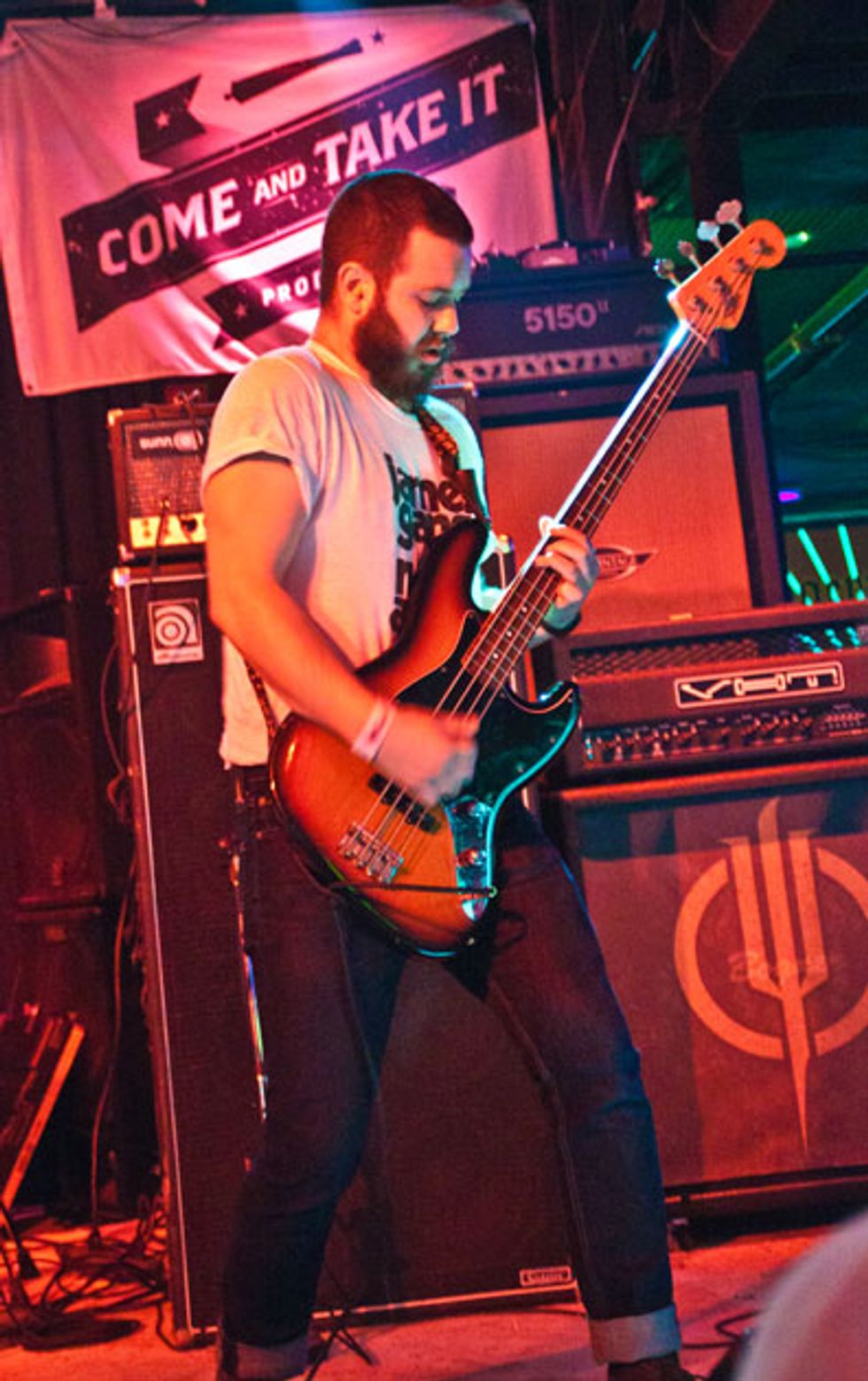
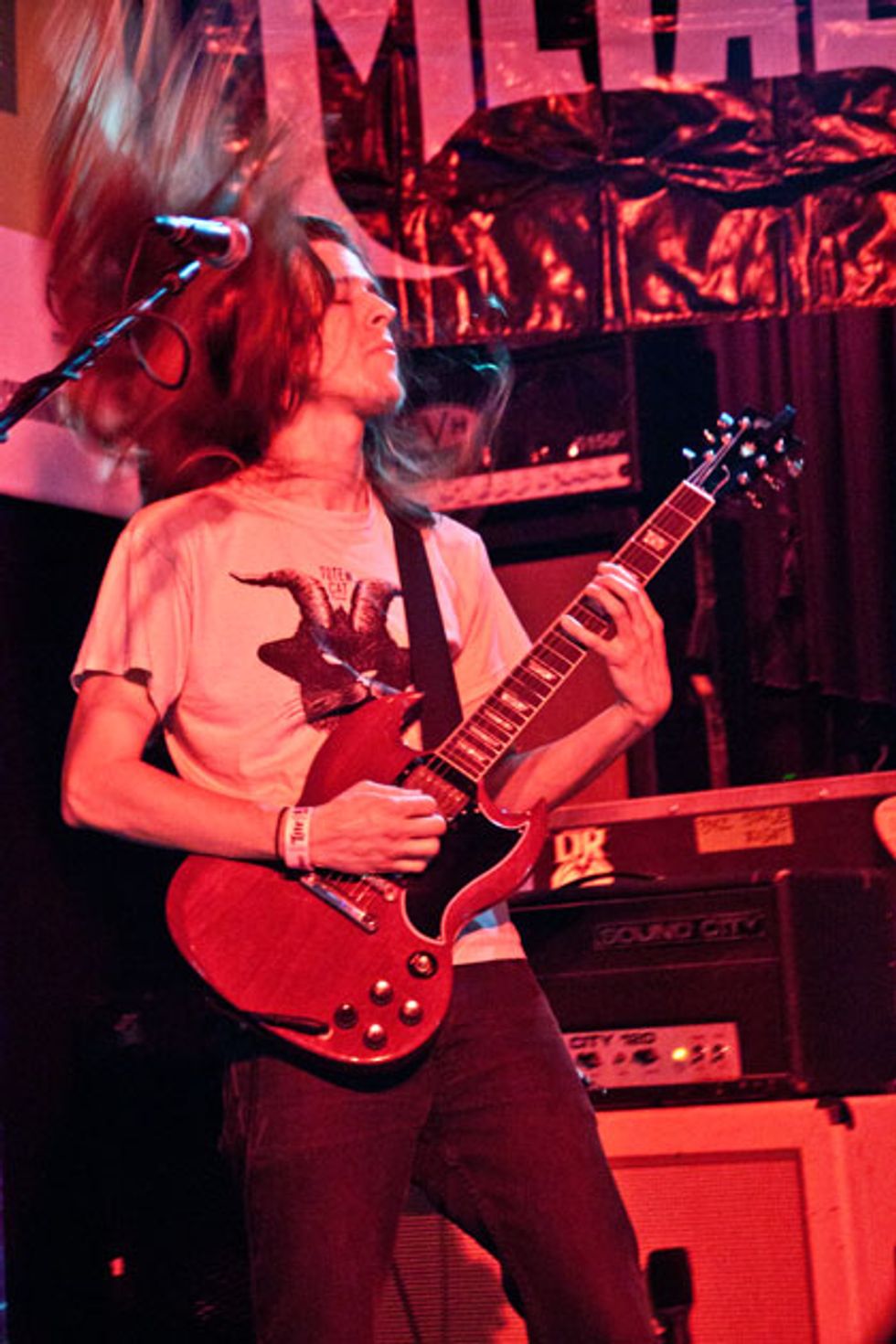

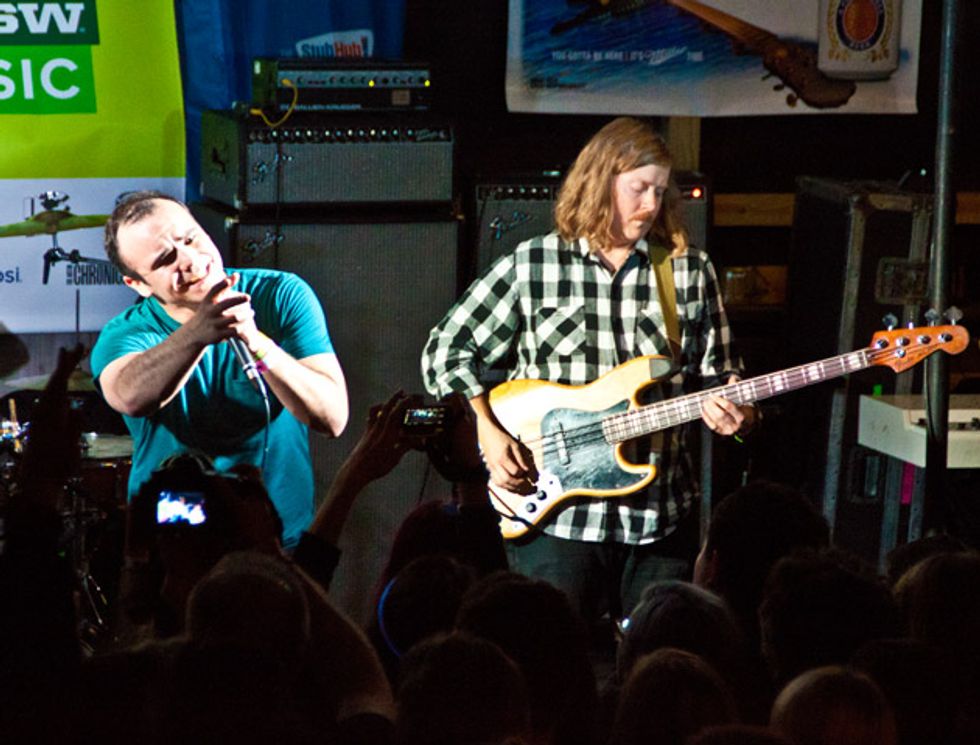
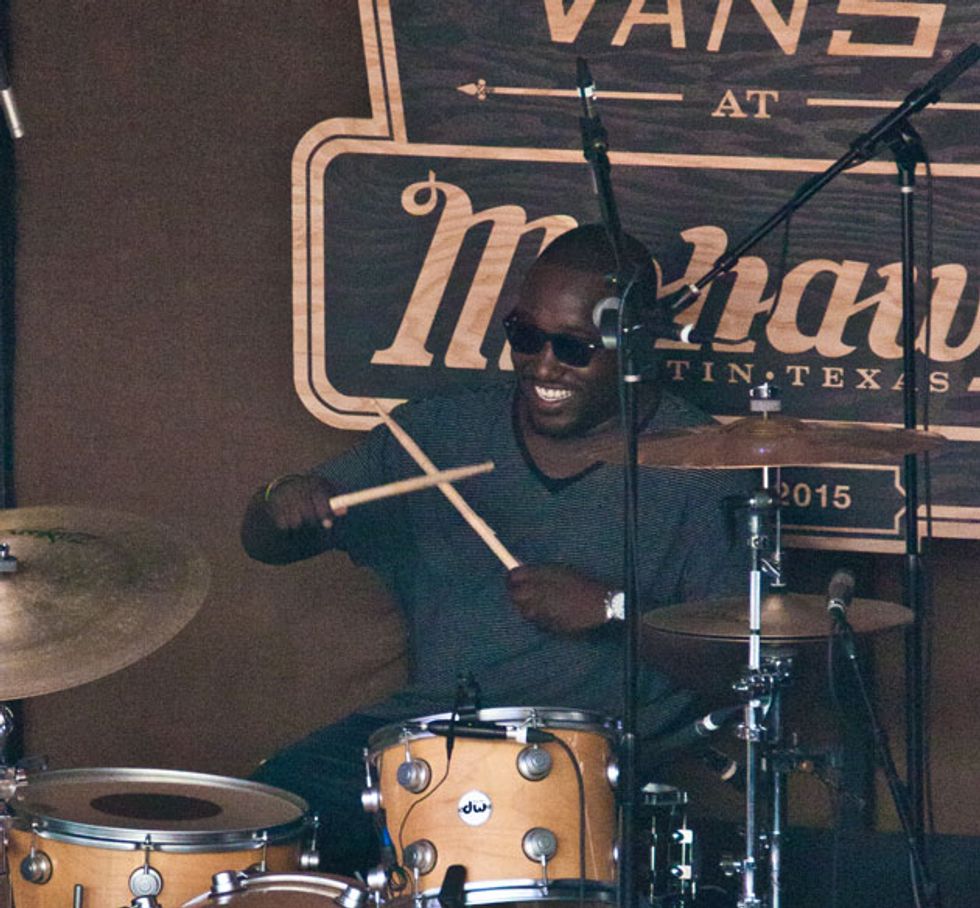
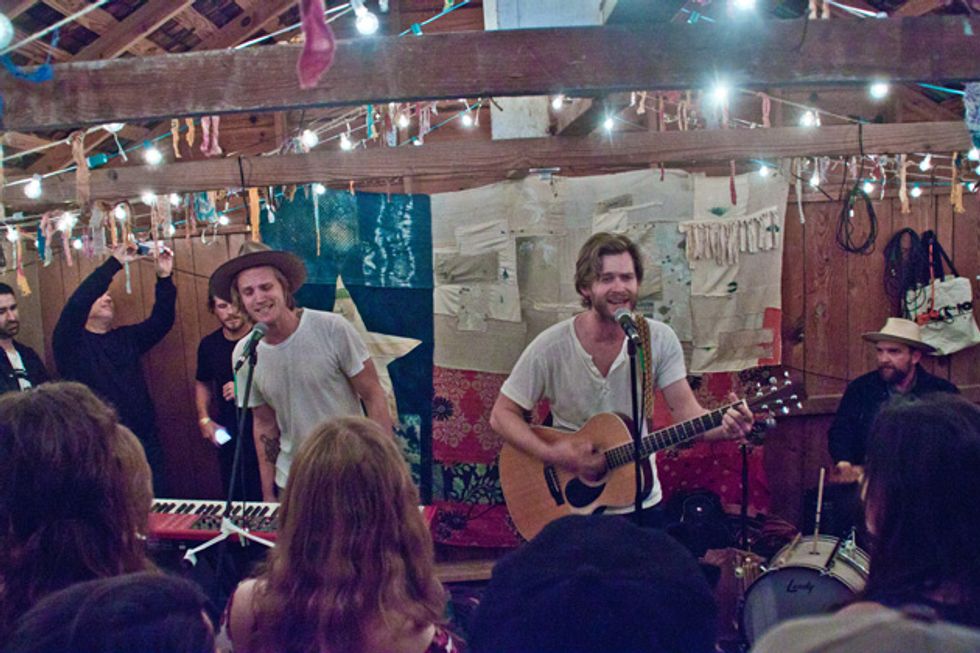
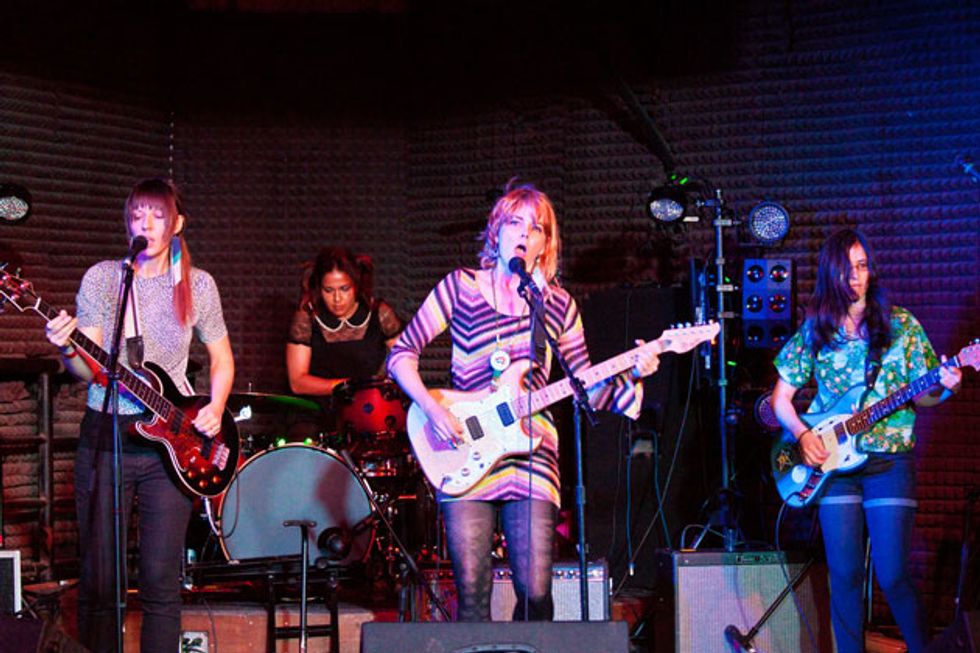
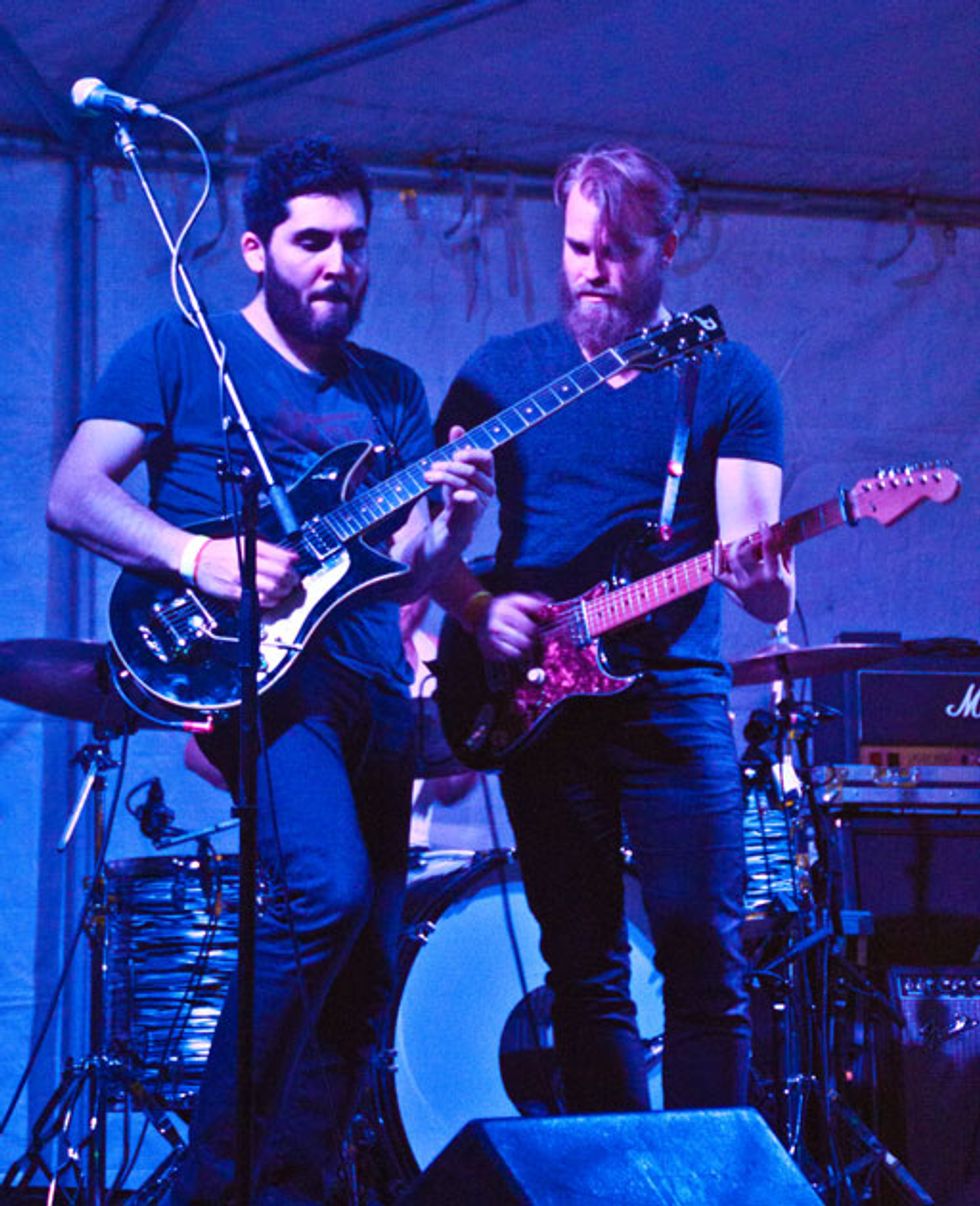
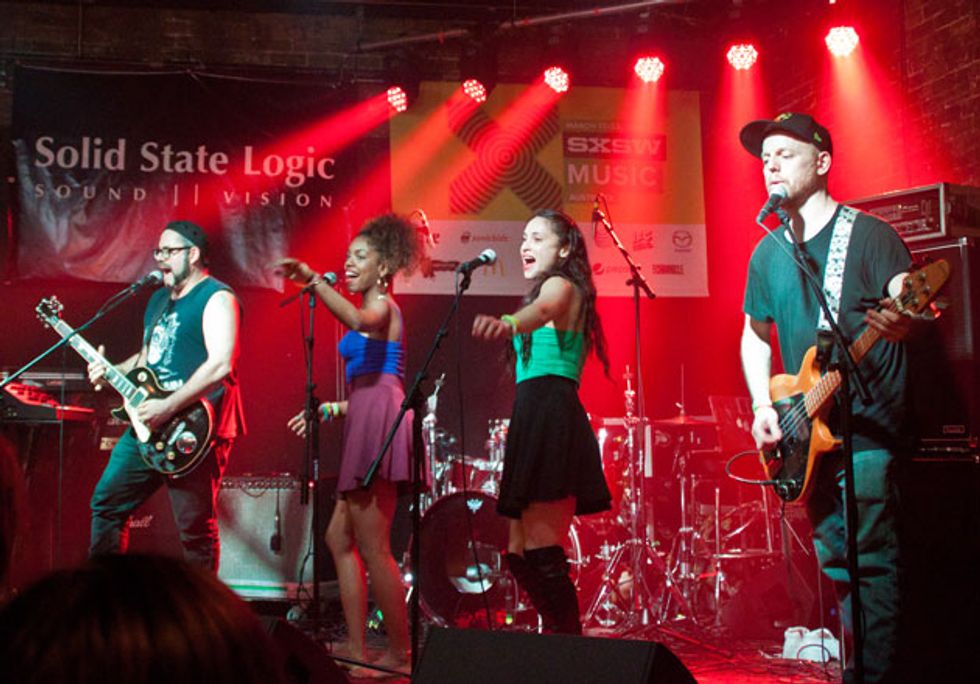
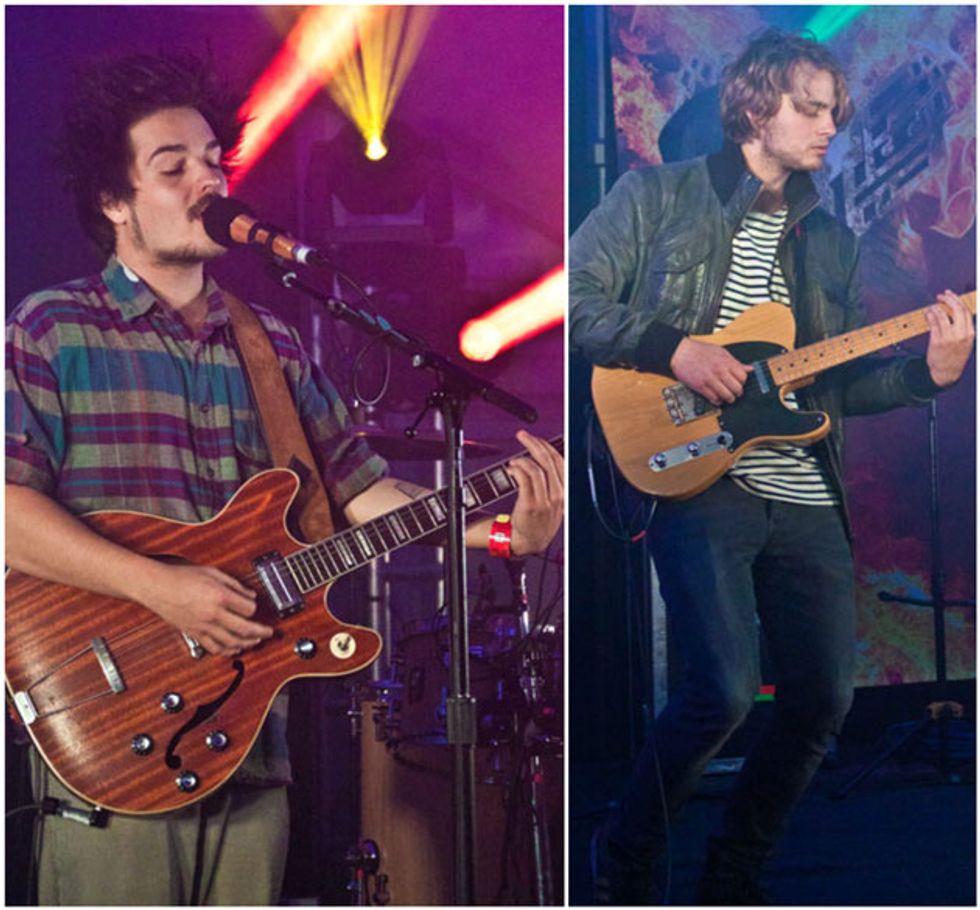
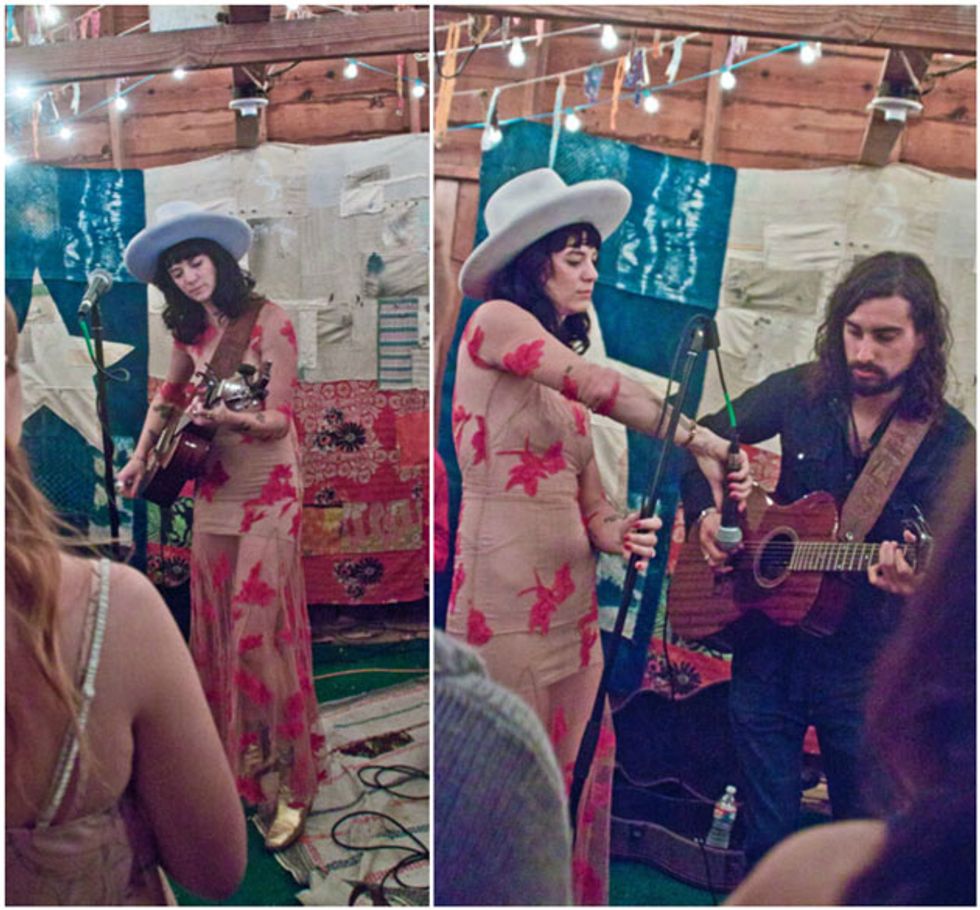
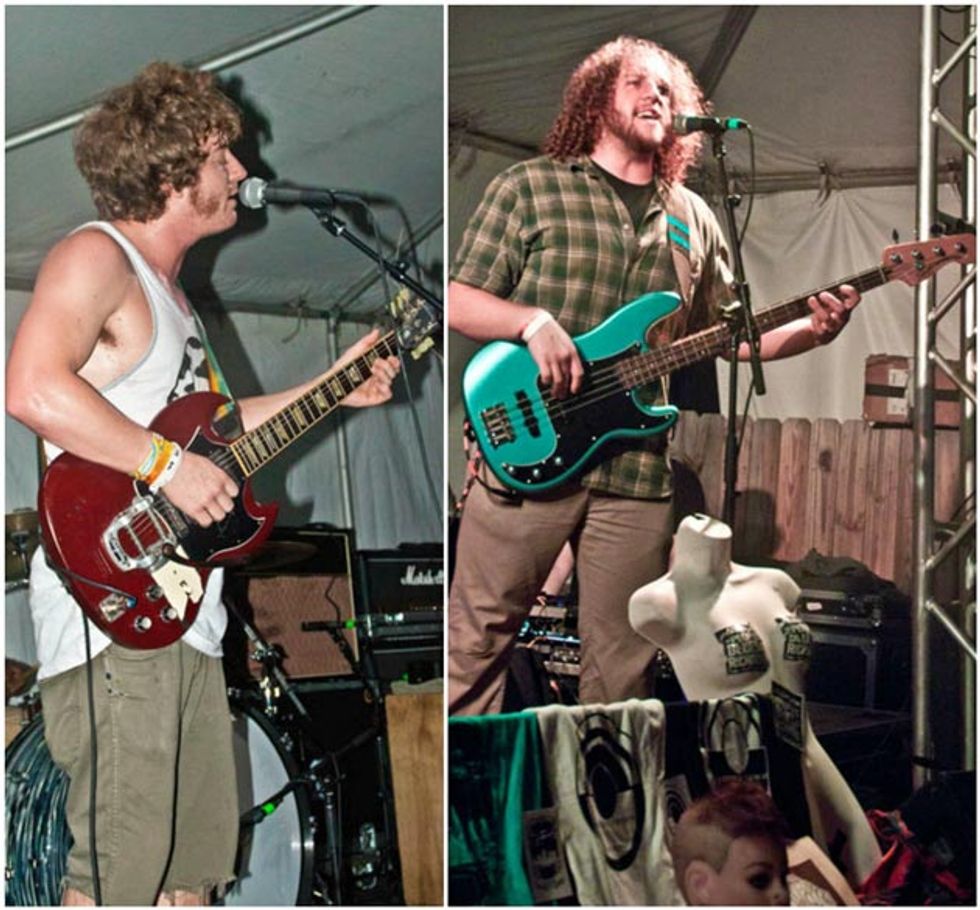

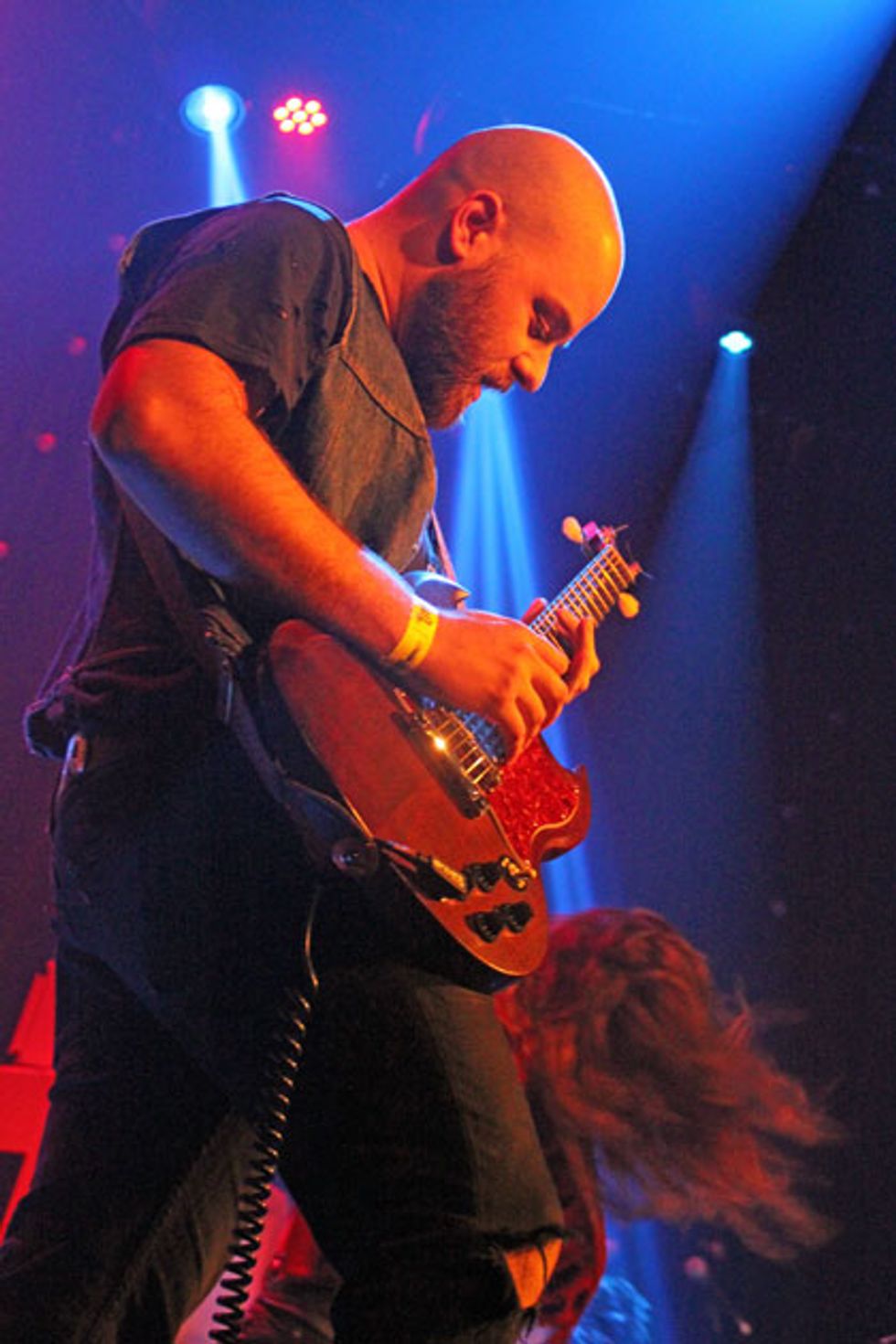
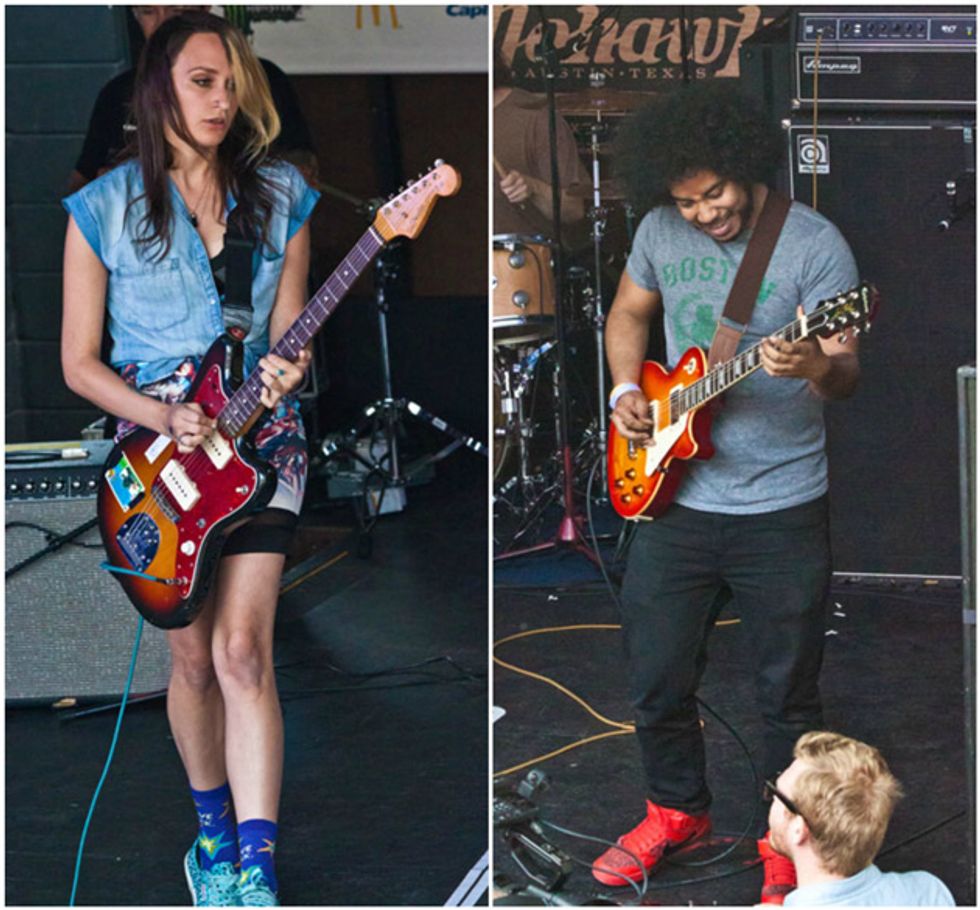
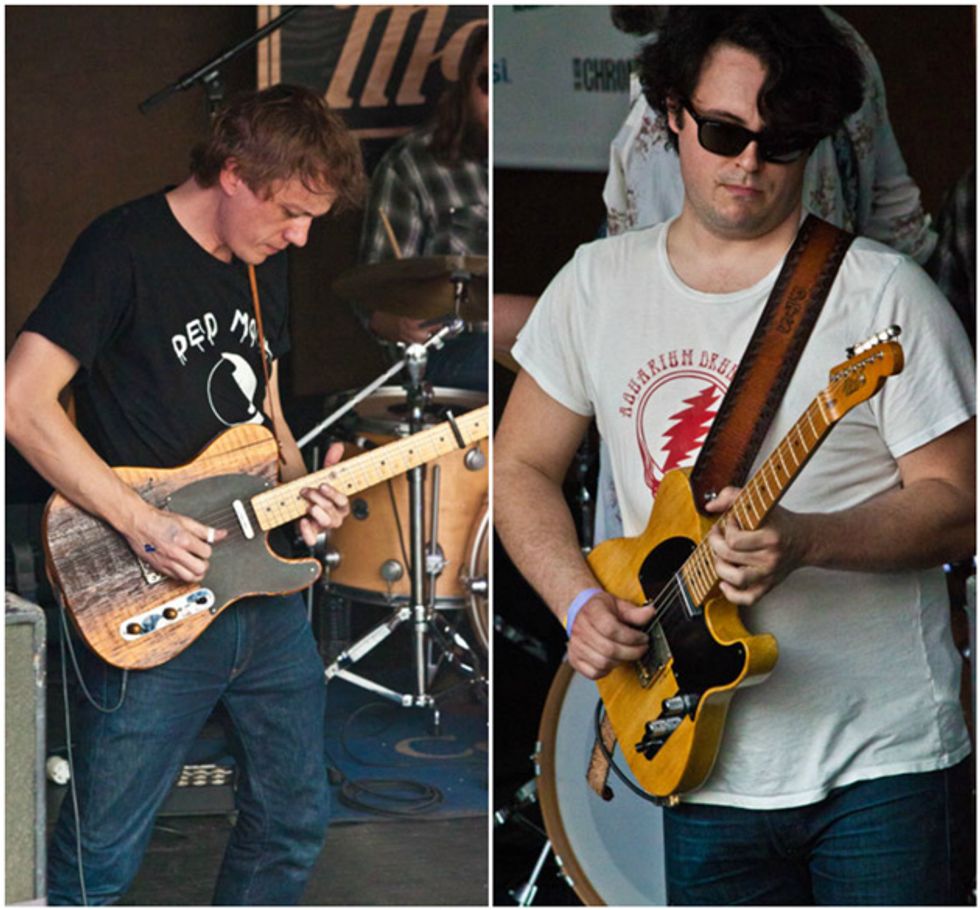
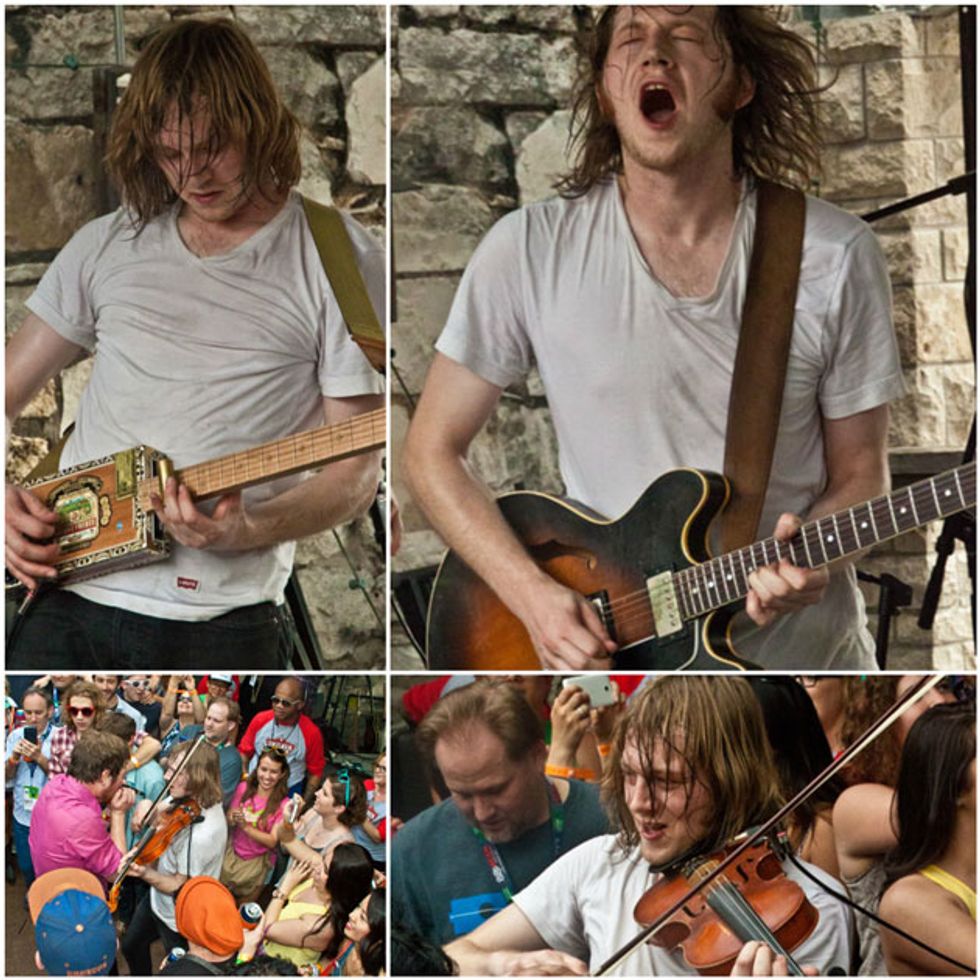
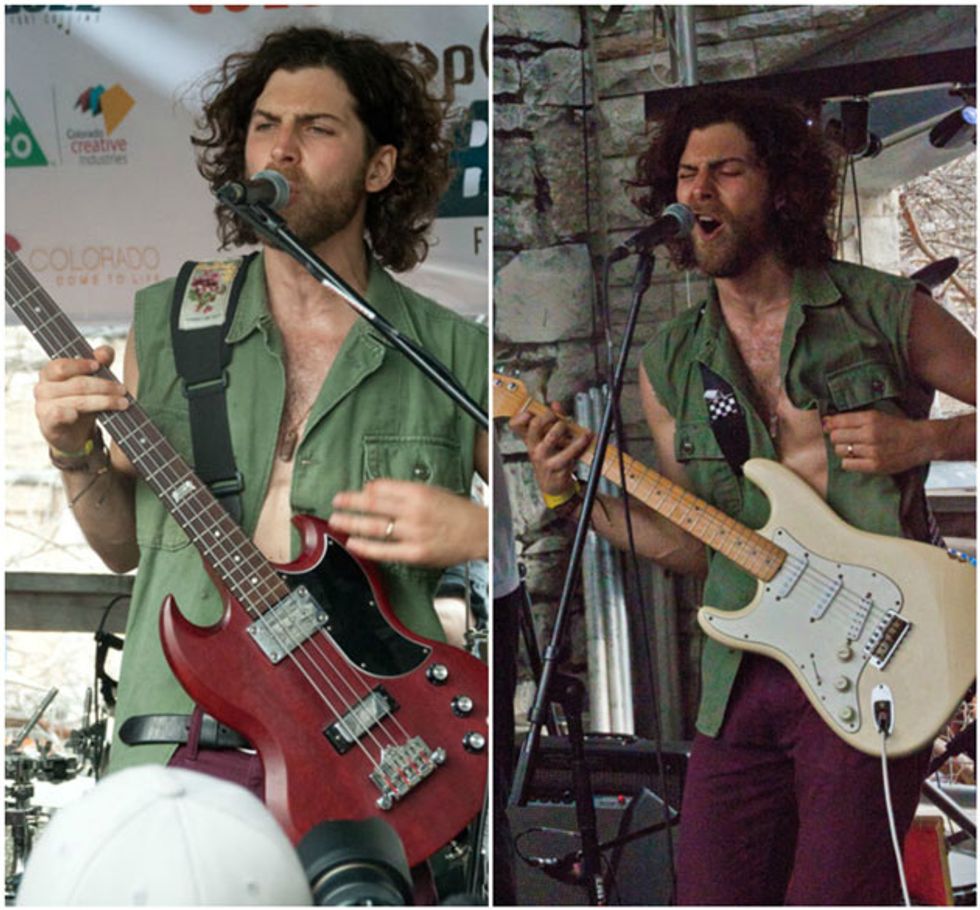
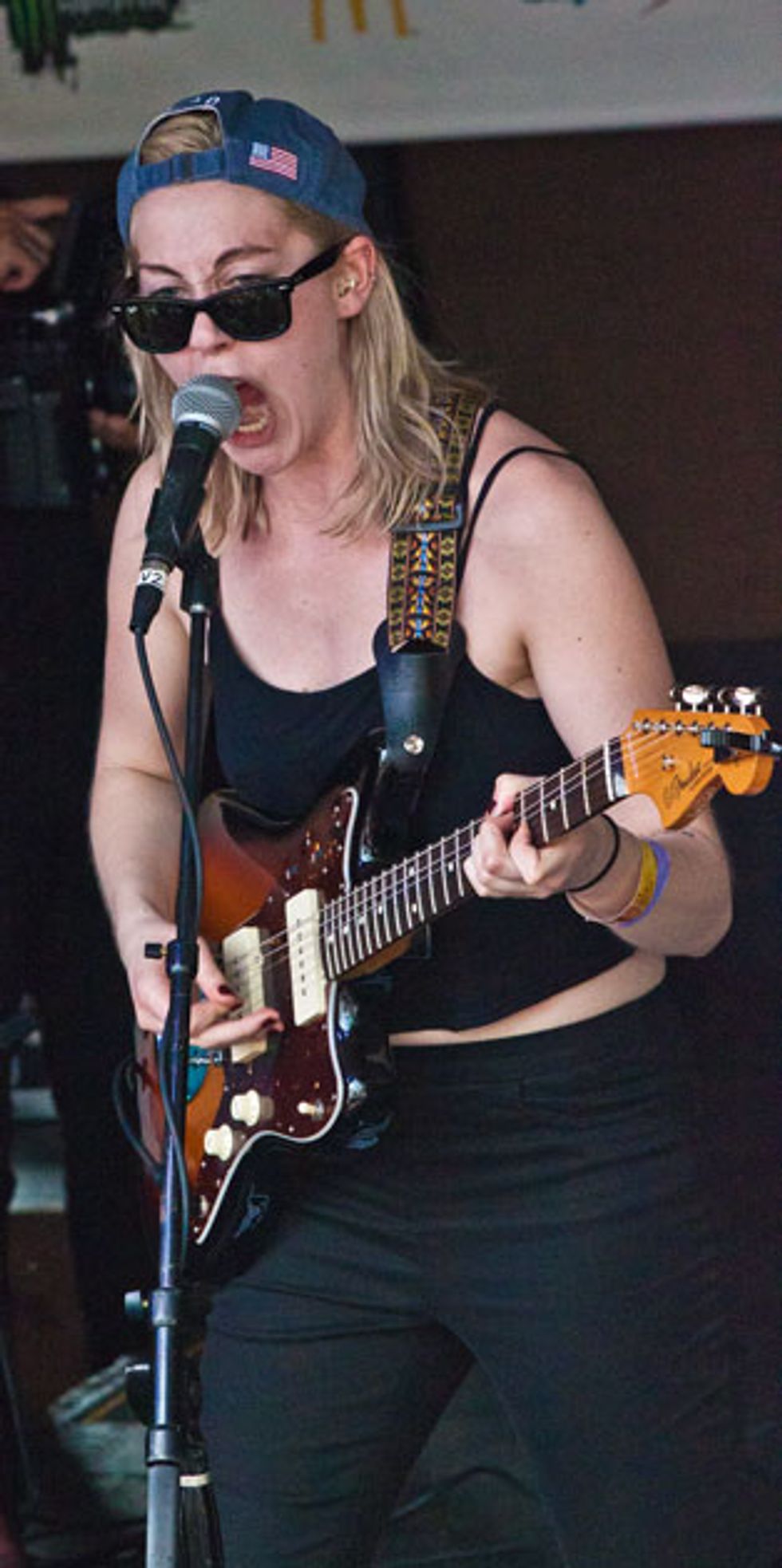
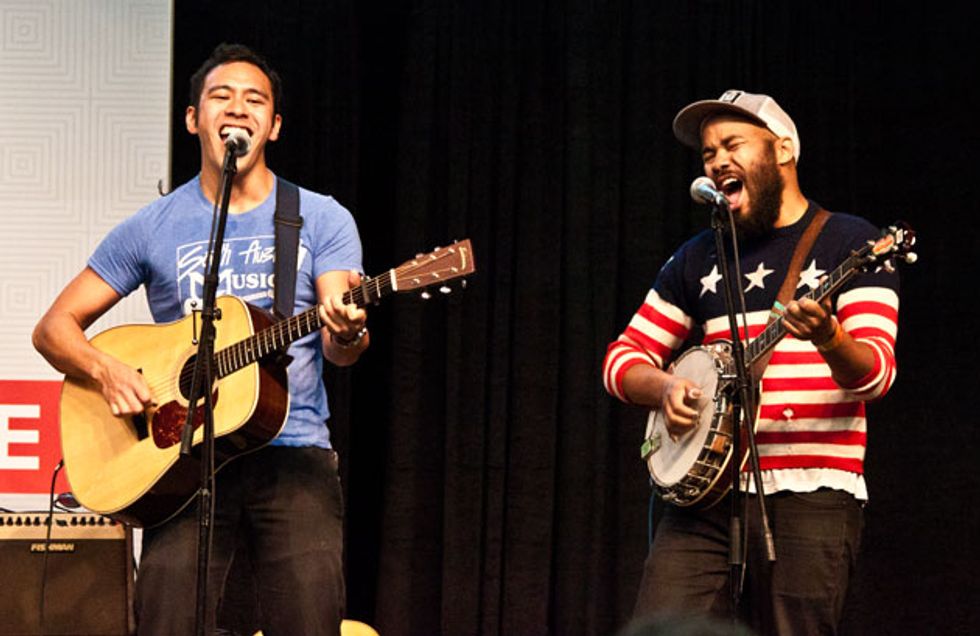
2015 marks South by Southwest’s 28th year as a destination festival in Austin’s beautiful neighborhoods like South Congress, East Austin, and downtown along 5th and 6th Streets. Since its inception, SXSW has tried to serve all music fans with a healthy dose of underground and unsigned acts representing nearly every musical genre imaginable. This year was no different with over 2,200 acts that descended upon the Lone Star State’s capital for five days and nights. Premier Guitar had boots on the ground and here is a fraction of the guitar-centric highlights from the event.







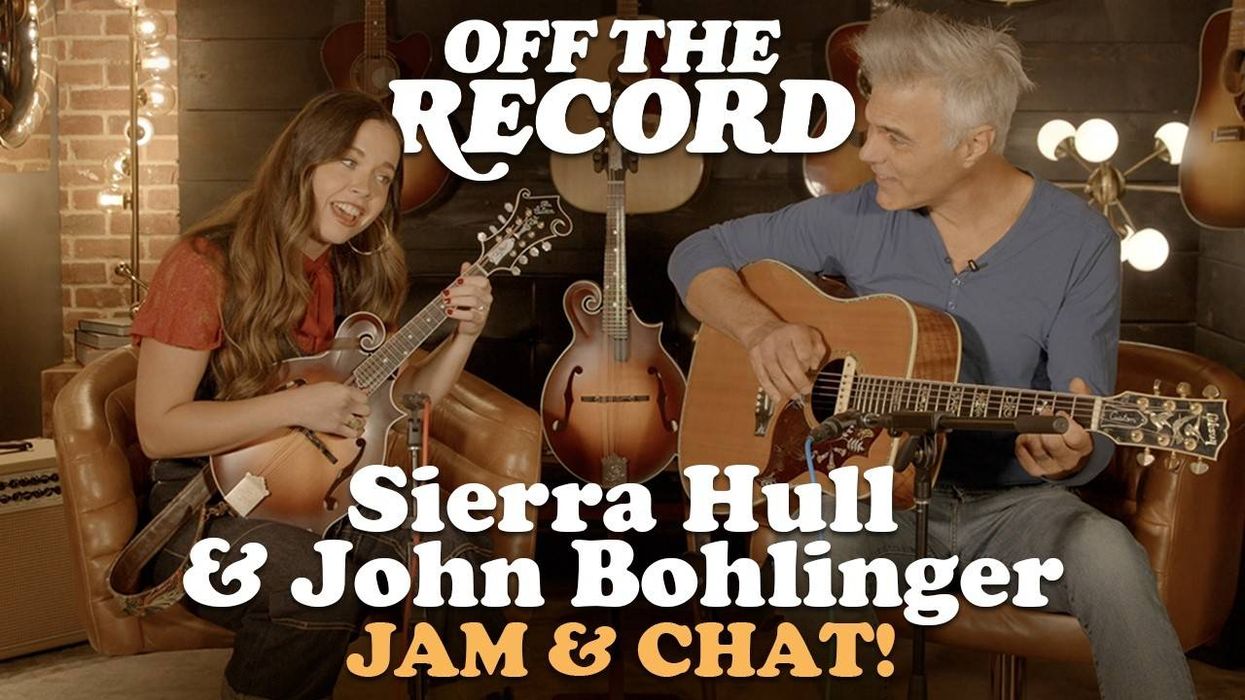

![Devon Eisenbarger [Katy Perry] Rig Rundown](https://www.premierguitar.com/media-library/youtube.jpg?id=61774583&width=1245&height=700&quality=70&coordinates=0%2C0%2C0%2C0)
